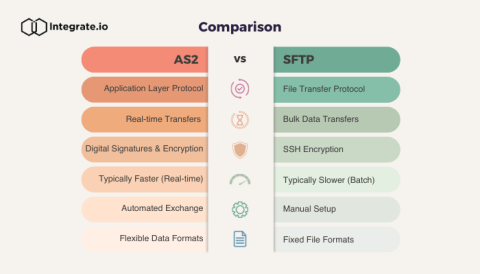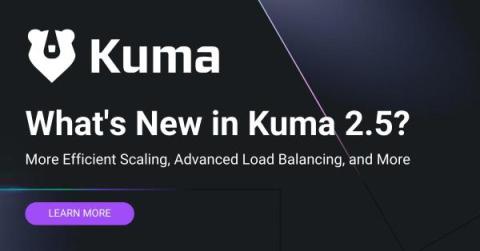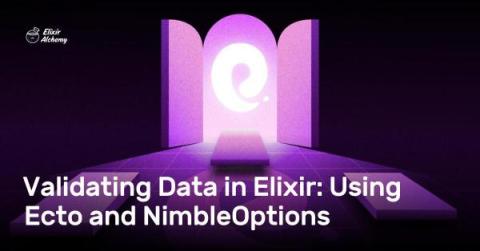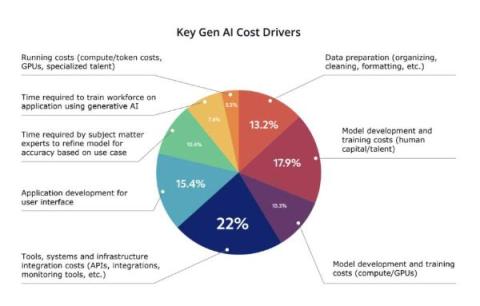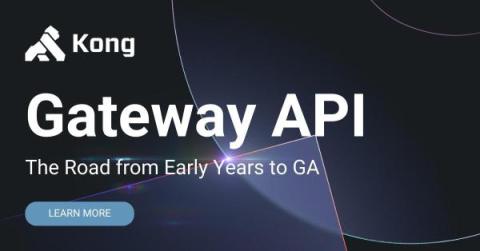Systems | Development | Analytics | API | Testing
%term
What's Coming in Kuma 2.5?
Branch by Abstraction | Microservices 101
Snowflake Announces Cyber Essentials Plus Certification
Ensuring a seamless data experience that complies with regulatory frameworks, particularly in the public sector, is crucial. Research from the U.K. government found as many as 32% of businesses and 24% of charities suffered online breaches or cyberattacks in the last 12 months. In this increasingly interconnected world, national stability depends on thoughtful data governance and safeguarding.
Validating Data in Elixir: Using Ecto and NimbleOptions
In the previous part of this series about validating data at the boundary of an Elixir application, we covered a few general programming tactics to try and reject invalid and unexpected data in our software. Continuing with that subject, we'll now explore how two libraries, namely Ecto and NimbleOptions, can further assist us. Let's get started!
Six Key Predictions for Artificial Intelligence in the Enterprise
As we head into 2024, AI continues to evolve at breakneck speed. The adoption of AI in large organizations is no longer a matter of “if,” but “how fast.” Companies have realized that harnessing the power of AI is not only a competitive advantage but also a necessity for staying relevant in today’s dynamic market. In this blog post, we’ll look at AI within the enterprise and outline six key predictions for the coming year.
How to use generative AI for exploratory testing? (With examples)
Generative AI is bringing a new era of “convenience” with ChatGPT, from OpenAI, taking center stage in our daily lives. From aiding in solving complex problems to generating content, this large language model has become a helpful companion for various testing-related tasks. As generative AI is becoming increasingly present in our daily lives, we should understand how to use it and account for its limitations.


